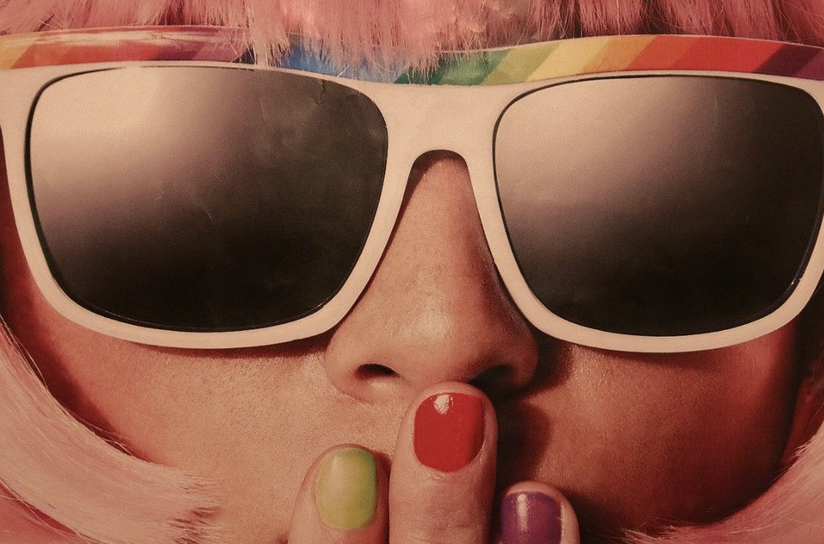Many science fiction books and movies do an excellent job at showing us what the future will look like, from technology, cars, and even buildings. However, they all do a terrible job at predicting future fashion trends. If we believe sci-fi, we will all be in some sort of uniform dress code. That’s not what modern fashion is telling us will happen, with current clothing more eclectic and freer than ever.
So, what will fashion of the future look like?
Of course, predicting what our clothes will be twenty, thirty, and even 100 years from now is no easy task. Still, we have dusted off our crystal ball, visited fashion houses such as Acne Studios for inspiration, and are ready to guess what we will all be wearing in the future.
Much the Same with Evolution?
While it may seem the clothes we wear today are hugely different from 50 years ago, the reality is slightly different. Fashion is as much about capturing the essence of evolution as it is embracing innovation.
In other words, our clothes can mostly be traced back to fashion from decades ago. Sure, we’ve built on the styles of the past to create new looks, but the truth is we are heavily influenced by fashion of the 1950s, 1960s, 1970s, and yes, even the 80s and 90s!
It’s entirely possible the fashion of the future will be able to trace it’s roots back to today, or even the second half of the 20th century. It may look different and unique elements, but the core looks will remain.
Technology Driving Change
There’s no doubt the biggest changes to our fashion will come from technology. We are on the cusp of an integrated fashion that links directly with tech. Clothes will have embedded technology to achieve tasks such as data gathering. Size adjustments may be automatic, while new textiles may bring the ability to completely weatherproof our garments.
Technology will also increasingly transform how we buy our clothes. We have already seen this happen with the rise of online shopping over the last twenty years. However, tech will make clothes buying more immersive than ever.
While shopping for clothes online is super convenient and gives you access to much more choice, there are some downsides. For example, you lose the ability to efficiently try on clothes and you also lose the amazing experience of shopping for clothes at a real store. There’s something special about holding items, feeling them, before you buy.
Technology will eventually be able to bring those experiences into your home. Virtual and augmented reality solutions will provide complete immersion in the future. You will be able to browse a virtual store using a VR or AR headset, seeing the clothes as they would appear in real life. Moreover, with haptic feedback, you will also be able to touch and feel garments.
AI will become sophisticated enough to tell you if specific items will fit you properly, without you needing to try clothes on.





